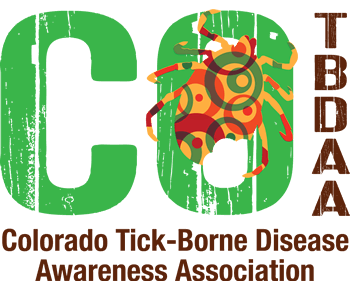
Haemaphysalis leporispalustris (the rabbit tick)
Haemaphysalis leporispalustris
(the rabbit tick)
Distribution
This widespread tick species occurs almost anywhere its hosts reside in North America and parts of northern and central South America.
Hosts
Hosts include lagomorphs, for all stages; birds, for immature stages; and rarely, humans. However, more recent observations show feeding on various ungulates including white-tailed deer, and cattle. And, in Colorado, a collection from a domestic dog also occurred. During years that Sylvilagus and Lepus spp. become abundant, this tick may also build large populations in Colorado.
Vector Status
It can transmit the agent of Rocky Mountain spotted fever and has been shown to be naturally infected with the agents of Q fever and tularemia. Silverwater virus was also isolated from all life stages of this tick collected in WI and in Alberta, Canada.
Recently, the DNA (groEL gene) of the agent of human granulocytic anaplasmosis was amplified from a partially engorged female H. leporispalustris collected from a mountain cottontail, S. nuttalli (Bachman), in Boulder Co., CO (pers. comm., Heather Szerlong, Ticknology, Fort Collins, CO).
Resources
H Joel Hutcheson, James W Mertins, Boris C Kondratieff, Monica M White, Ticks and Tick-Borne Diseases of Colorado, Including New State Records for Argas radiatus (Ixodida: Argasidae) and Ixodes brunneus (Ixodida: Ixodidae), Journal of Medical Entomology, tjaa232, https://doi.org/10.1093/jme/tjaa232








